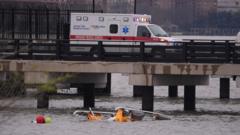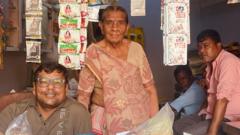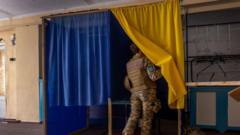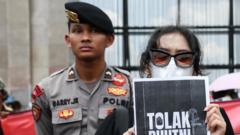After a tragic shooting incident in Orebro where ten people lost their lives, Sweden's government plans to augment its gun control measures. The shooter possessed weapons legally, prompting discussions around vetting processes and restrictions on certain firearms, including semi-automatics.
Sweden Considers Stricter Gun Regulations Following Orebro School Tragedy
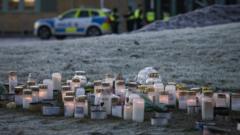
Sweden Considers Stricter Gun Regulations Following Orebro School Tragedy
In the aftermath of the deadliest mass shooting in Swedish history, the government is moving to implement tighter gun laws, sparking a national conversation about public safety and firearm ownership.
Sweden's government is spearheading efforts to bolster gun regulations following a harrowing mass shooting at an adult education center in Orebro, marking the worst incident of its kind in the nation's history. The tragic event, which resulted in the deaths of ten individuals, has ignited a nationwide dialogue regarding the need for stricter gun control measures, particularly in light of the shooter's legal ownership of multiple rifles.
Authorities confirmed that the gunman possessed four rifles, three of which were found at the crime scene. Prime Minister Ulf Kristersson, currently on an official visit to Latvia, emphasized the imperative of ensuring that firearms are in the hands of responsible individuals. The center-right coalition that governs Sweden has illuminated plans to tighten the vetting process for gun licenses and impose bans on semi-automatic weapons, naming the powerful AR-15 rifle specifically as a firearm of concern.
The Sweden Democrats, part of the ruling coalition, have echoed calls for legislative changes, framing the recent act of violence as a critical juncture for reevaluating gun ownership laws. With current regulations allowing individuals over the age of 18 to apply for permits, there is now a push to review exemptions for purchasing high-capacity weapons.
In terms of statistics, around 580,000 citizens are licensed gun owners amid a population nearing 10.5 million. Notably, a previous study indicated that Sweden’s civilian firearm ownership rate stands at approximately 23 guns per 100 people, significantly lower than the rates seen in Norway and the United States.
While the identification process for the victims remains ongoing, early indications suggest that some of those who lost their lives were from immigrant backgrounds, including refugees from Syria and Bosnia. Community members are left pondering the motivations behind the shooter’s actions, with fears arising that they may have stemmed from animosity toward foreigners.
Sweden’s gun crime rates, by European standards, exhibit a stark contrast between legal ownership, primarily for hunting purposes, and illegal gang-related violence. The recent shooting has underscored the complexity of the issue, compelling Swedish society to confront the impact of gun laws on public safety and community cohesion.




